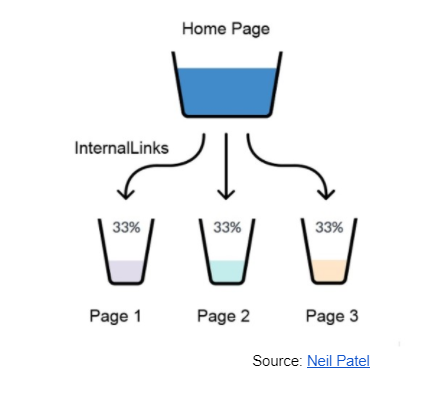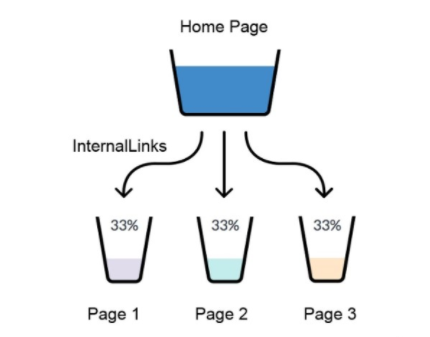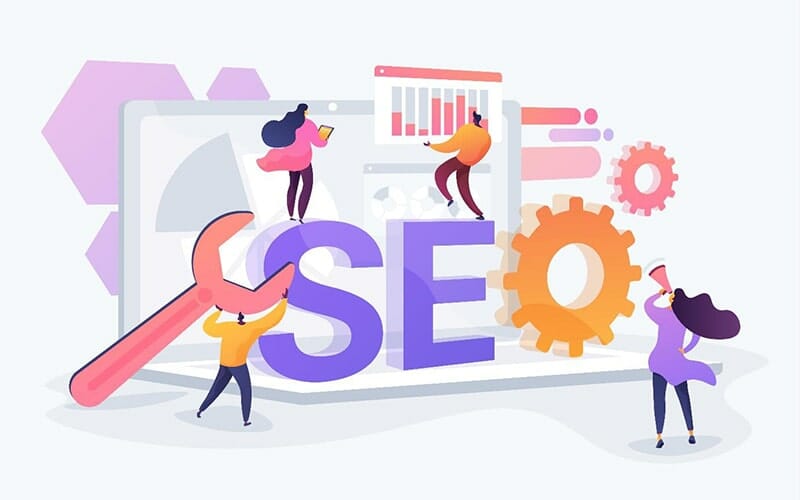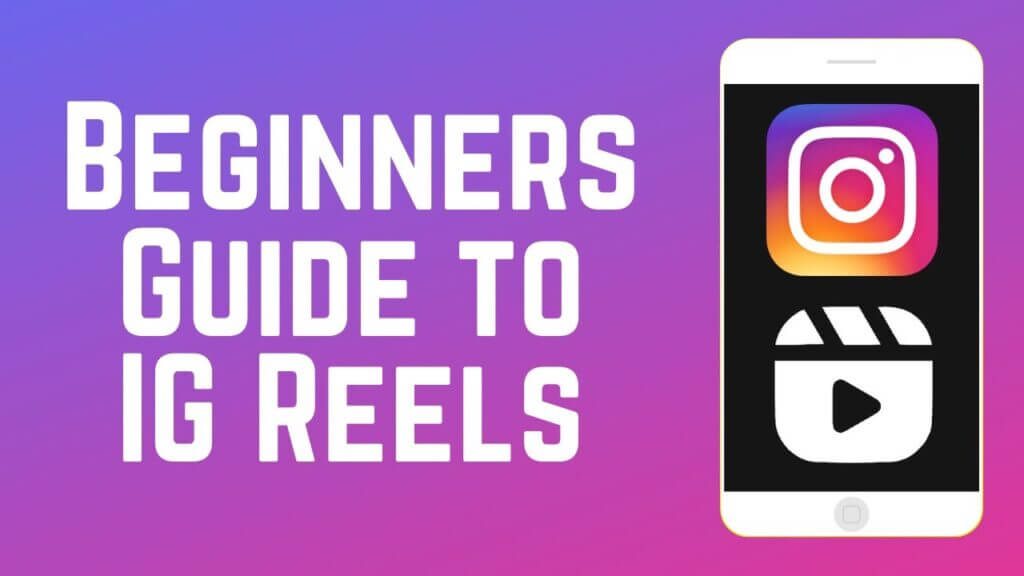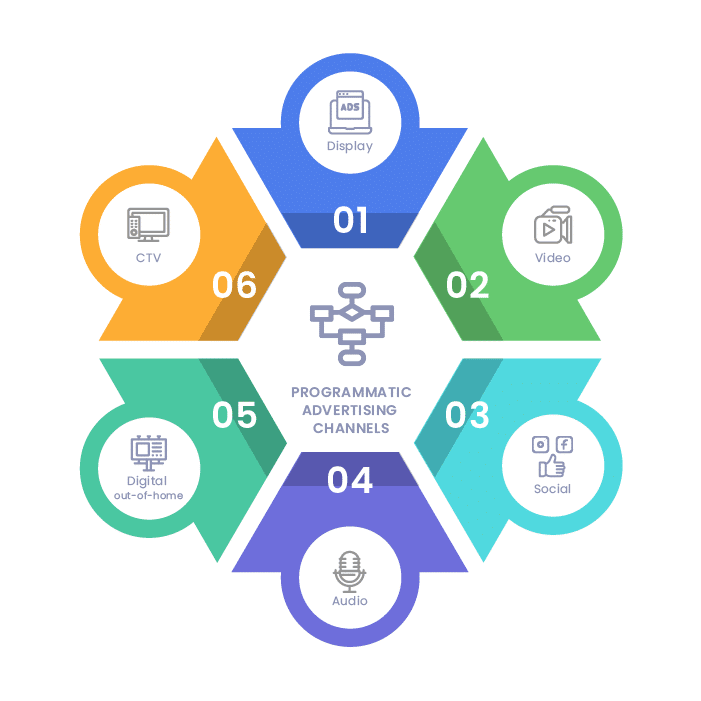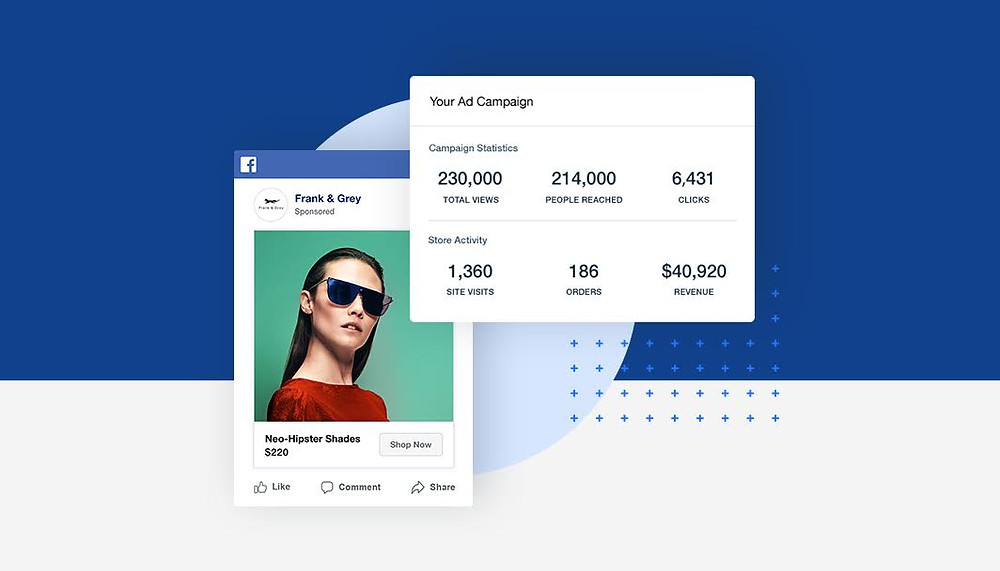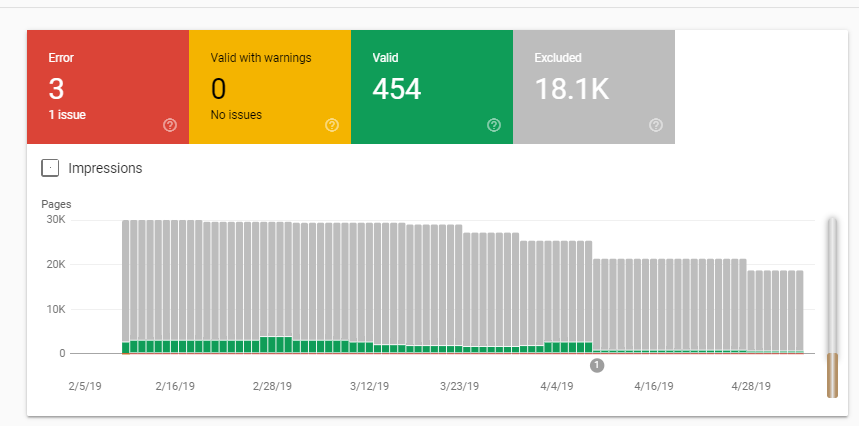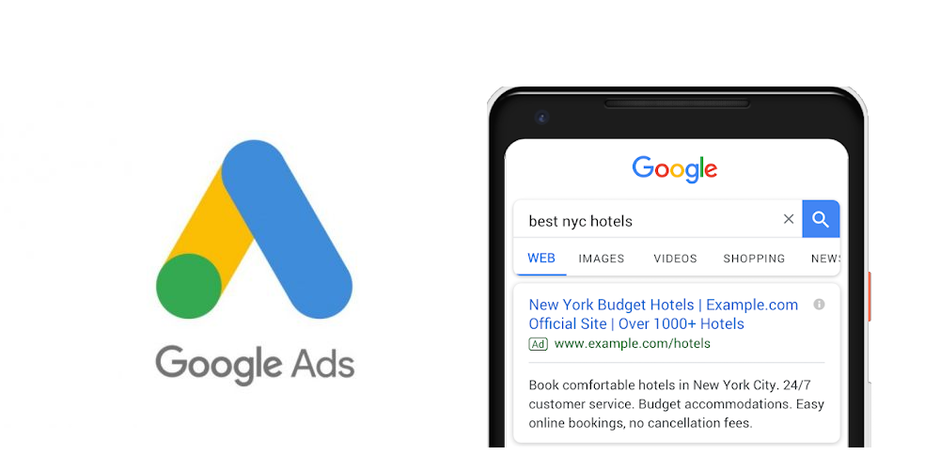Want to start 2022 off on the right foot? Why not strengthen your online presence and give your business that well-deserved boost?
While SEO is a gradual process and the algorithm is constantly changing, there are some easy fixes that can have a significant impact on your ranking. To help get you started, we’ve assembled a list of 15 ways you can start improving your SEO Melbourne today and see results before the end of 2021.
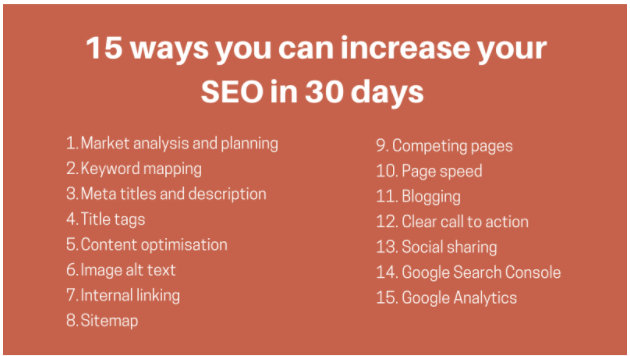

01. Market analysis and planning
Before you start with any good SEO strategy, you need to understand how users search for your content. You also need to see what keywords your competitors are targeting and whether there are any opportunities you can take advantage of.
Keywords are crucial to any and all SEO you’ll do, so it’s important to get this step right.
Keyword Planner
This free tool from Google uses your main keywords to find all the relevant keywords in your niche. Keyword Planner will give you a range of keywords you can choose from and their monthly search volume.
SEMrush
If you’d like to try a more advanced tool, SEMrush is an excellent place to start. By putting in your website URL, SEMrush will quickly scan Google and see which keywords your site is already ranking for. Using this, you can identify the keywords you have the best chance of ranking highly for and tailor your pages accordingly.
SEMrush has both a paid and free option. The free version (currently) allows you to:
- Research up to 10 keywords a day, seeing 10 competitor results
- Create and manage 1 project (audit 100 pages and track 10 different keywords)
Other keyword research tools
Other tools you can use include:
- Google Search Console (more on that below)
- Soovle
- Jaaxy
- Ahrefs Keyword Explorer
- KeywordTool.io
There are a lot of keyword research tools out there, so feel free to explore and discover which works best for you.
02. Keyword mapping
You’ve got a list of relevant keywords, but what to do with them? The next thing you need to do is map each of your keywords to the most appropriate page on your site.
Say you’re a plumber. You’ll want to group all your keywords regarding drain unblocking and use these on the corresponding page. The same goes for blocked toilets, burst pipes, leaky taps, hot water systems, emergency plumbing services, gas fitting, and other service pages.
You can do all your keyword mapping in a simple Excel sheet or on Google Sheets.
03. Meta titles and description
Your meta title and description are the information in the search results, meaning this is your chance to convince users to click. You’ll want to include your main keyword for the page in both, but avoid adding too many and ensure it reads naturally.
To ensure that your content displays appropriately, keep titles under 60 characters and descriptions under 155–165 characters.
04. Title tags
The tags on your web page are vital for organizing information. They are one of the most important ranking factors, second only to content. There are many title tags: H1, H2, H3, H4, and so on.
Google suggests using the same meta title and H1 title, so make sure that your H1 matches the meta titles you wrote in the previous step. For your H2 and H3 tags, you’ll want to assess how many subheadings your competitors use and aim for a similar amount. While you should aim to put your secondary keywords in these headings, you’ll want to make sure that you avoid stuffing.
05. Content optimization
You’ve likely heard the expression that content is king – this is undoubtedly the case when it comes to SEO. Google is more likely to rank unique, relevant, and high-quality content, so this is where you’ll want to focus quite a bit of your time.
While it is essential to include all the right keywords, you also want to ensure the content is optimized for human readers. All the SEO won’t help you if you bring people to your site and they can’t understand (or don’t care about) what you’re saying!
And finally, make sure you do a final edit for spelling and grammar. Nothing makes your site look more unprofessional or puts customers off quicker.
06. Image alt text
Google isn’t quite as good with pictures as words, but that doesn’t mean you can’t make your images work for you. Adding alt text simplifies the process and shows the engine exactly what your image is about.
By including alt text, you’ll be able to implement some valuable keywords and ensure that all users are able to access your site. Visually impaired browsers will be able to use their screen readers to understand precisely what the page is showing, meaning that they will be able to understand it far better.
Some best practices include:
- Use a maximum of 125 characters
- Be as descriptive as possible to give the user an idea of what is happening in the image
- Make sure the description (and the image) relates to the content on the page
- Include natural keywords, but don’t overstuff
07. Internal linking
While it may be hard and time-consuming to earn valuable backlinks, internal linking is a way you can boost the authority of specific pages. By adding internal links – links that take you to other pages on your site – to higher-ranking pages, you can pass some of that ‘link juice’ on to pages you wish to optimize.
This is also helpful from a user standpoint, guiding your customers through your site logically, and allowing them to find the information they need.
08. Sitemap
Submitting your sitemap is a simple way to help Google better navigate your website. Many website-creating platforms will automatically submit your sitemap for you, but you can also generate a free sitemap using XML-Sitemaps or submit a sitemap directly to Google.
09. Competing pages
You’ve optimized all your web pages, and they still aren’t performing as you’d like. So what’s the problem?
This is referred to as keyword cannibalism – you have several pages optimized for the same keyword, stealing valuable clicks from each other. To fix this, you’ll need to carefully review each page on your site and ensure no overlap. While this may be time-consuming, this can have a pretty powerful impact on your ranking.
10. Page speed
Page speed refers to how fast a website can load and can be measured by page load time (the amount of time it takes for a page to load fully) or time to first byte (the amount of time it takes for the browser to receive the first byte from the server).
How fast your page loads significantly impact your business; by improving your load time by just 0.1 seconds, you can boost conversion rates by 8%. To do this, you may want to consult with a professional web developer or reconsider your hosting.
You can check your current page speed by using Google’s PageSpeed Insights.
11. Blogging
Publishing regular, relevant content to your site is crucial for attracting organic traffic and establishing yourself as an authority in your niche. What is the best way to do that? Blogging.
Starting (and maintaining) a blog for your business allows you to target customers at different stages of their purchasing journey, answering their questions and demonstrating the benefit of your offerings. And best of all? With a large backlog of blogs that gain authority and backlinks over time, you’ll still be seeing the benefits of your blogs down the line.
12. Clear call to action
Your call to action guides users to the next step, whether to ‘Call now,’ ‘Get a free quote’, download one of your lead magnets, or sign up to your mailing list. You’ll want to include one on each page to ensure that wherever users end up on your site, they always know what to do next.
For services, you’ll want to make sure your phone number is visible on every page and clickable to make it as simple as possible for clients to get in touch. To do this, use the following tag:
<a href=”tel:123456789″>123 456 789</a>
13. Social sharing
Social media is a powerful tool in your digital marketing arsenal – make sure you use it. First, ensure you have social sharing widgets on your webpage, especially on your blog. This will make it easier for users to share your content with others in their network and further their reach.
If you’re looking to double down on your socials, make sure you check out our post on Social Media and SEO.
14. Google Search Console
Google Search Console (formerly Google Webmaster) tells you what keywords users are searching for to find your content, which web pages they’re finding, and where those web pages are ranking. You’ll also be able to see:
- What countries are your users from
- What devices do they use
- Click-through rate
- Impressions
15. Google Analytics
If you haven’t already, ensure you have Google Analytics set up. This allows you to monitor several critical metrics for your site, including:
- Bounce rate
- Exit rate
- Average session duration
- Pages per session
- Average time on page
- Organic traffic
- Organic impressions
- Keyword conversion rate
From this information, you can see how users are interacting with your site and how you can improve it.
It is a good idea to sync your Google Analytics with your Google Search Console, as this will give you a complete picture of the user experience and how to target your audience better.
Want to dominate your competitors in 2023? Book a free 30-minute consultation with one of our SEO specialists, and we’ll show you how to get there!




